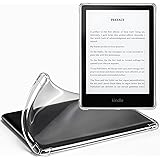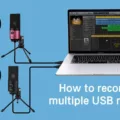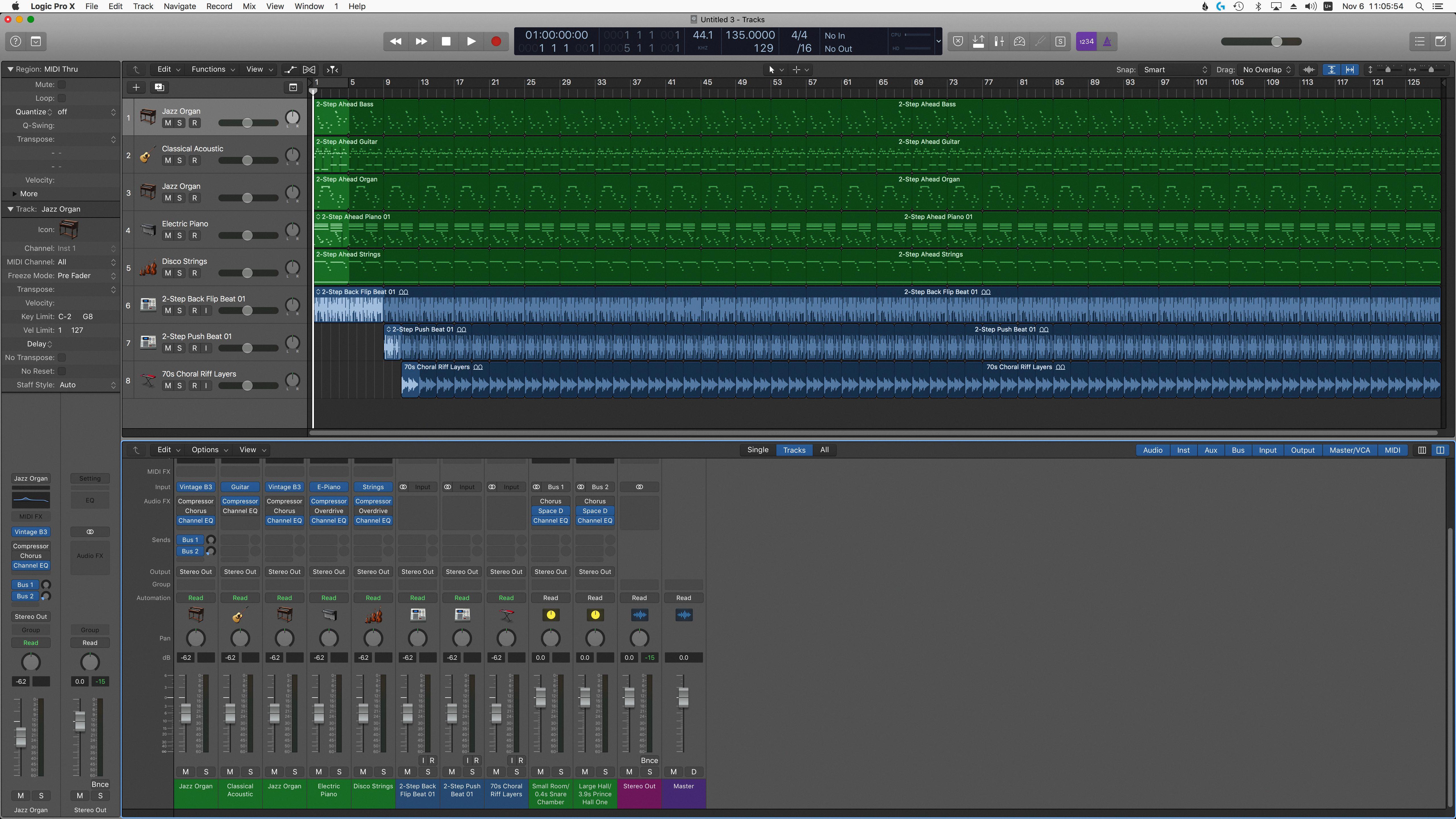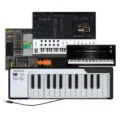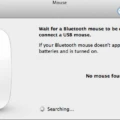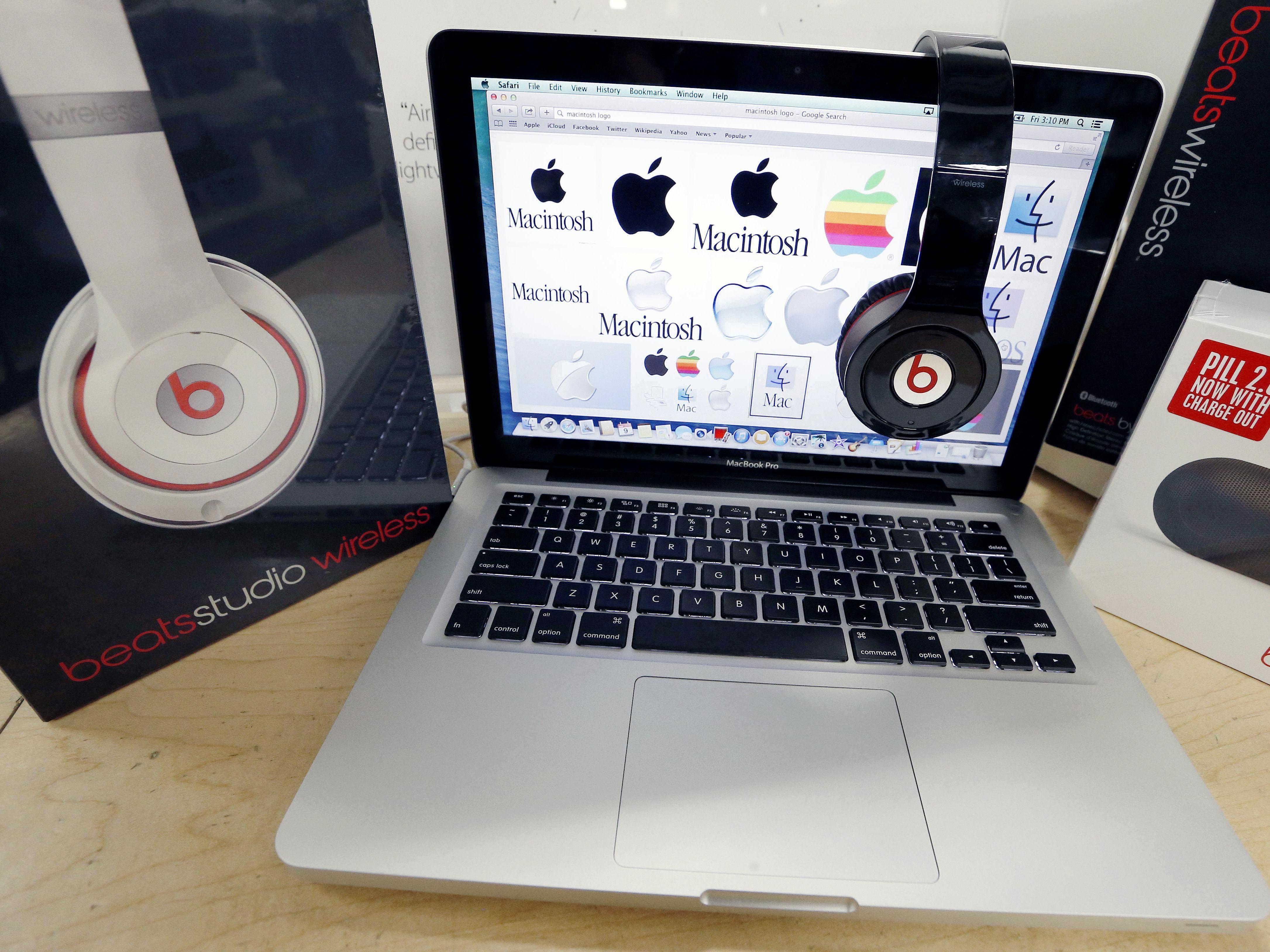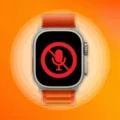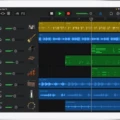Are you looking for a way to improve the sound quality of your music recordings? An external microphone is a great solution. With an external microphone, you can capture audio with greater clarity and detail than what is possible with the built-in microphones on many laptops and computers. Plus, connecting an external microphone to GarageBand on Mac is easy.
The first step in connecting an external microphone to GarageBand is to make sure the input format matches the microphone or instrument. For monophonic instruments, choose a mono input; for stereo instruments, choose a stereo input. To change the input format, click the Format button located to the left of the Input menu.
Once you’ve selected the correct input format, you need to connect your external microphone to your Mac. Depending on the type of microphone you have, it will connect in different ways; however, all connections lead to one place: your Mac’s USB port. The most common type of connection is through a USB mic—simply plug its cable into any open USB port.
Once everything is connected properly, launch GarageBand and create a new project. Then go to Preferences > Audio/MIDI and select your interface under “Input Device” (the name will depend on which interface you have). You should also make sure that “Enable Input Monitoring” is checked so that you can hear what’s being recorded while it’s being recorded.
Now you are ready to record! Create a new track by going to Track > New Track and selecting “Real Instrument” from the pop-up menu (or if you are recording vocals select “Vocals”). Then hit record and start playing or singing—GarageBand will automatically detect any sound coming from your external microphone!
With an external mic connected to GarageBand, your recordings will sound better than ever before! So make sure to take advantage of this powerful tool when recording music or other audio projects.
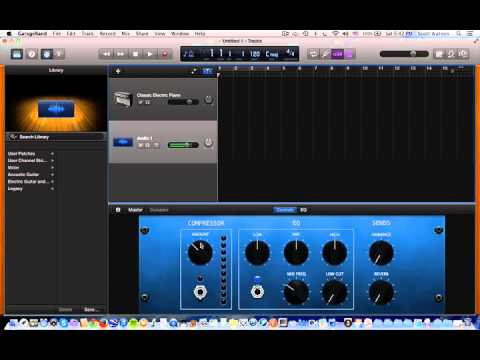
Troubleshooting Issues with GarageBand Not Picking Up Microphone
There are several possible explanations as to why GarageBand is not picking up your microphone. First, make sure you have the correct input format selected. For monophonic instruments, choose a mono input, and for stereo instruments, select a stereo input. Additionally, check that your microphone is connected properly to the interface and that it is receiving power. If you are using an XLR cable, make sure it is securely plugged into both your mic and the interface. Finally, confirm that your microphone is working by testing it on another device such as a smartphone or laptop. If none of these steps resolve the issue then you may need to contact Apple Support for further assistance.
Troubleshooting Issues with the Microphone Not Appearing as an Input Device
If your microphone is not showing up as an input device, it could be due to a few potential reasons. Firstly, you should make sure that your microphone is properly connected to your computer and functioning correctly. If the connection is good and the microphone is still not appearing as an input device, then it could be due to a compatibility issue between your microphone and the audio settings in Windows. If this is the case, you may need to install updated drivers for your microphone or try using a different type of microphone. Finally, if all else fails, you may need to contact the manufacturer of your computer or microphone for help troubleshooting this issue.
Getting Mac to Recognize Microphone
To get your Mac to recognize your microphone, first, make sure that the microphone is connected to your Mac and properly configured. Then open System Preferences by clicking the Apple menu at the top left of your screen, then go to Security & Privacy > Microphone. Make sure the Allow apps to access your microphone option is turned on. Next, select the app you want to use with your microphone in the list and make sure it’s enabled. Finally, open up the app and test it out with your microphone to make sure everything is working correctly.
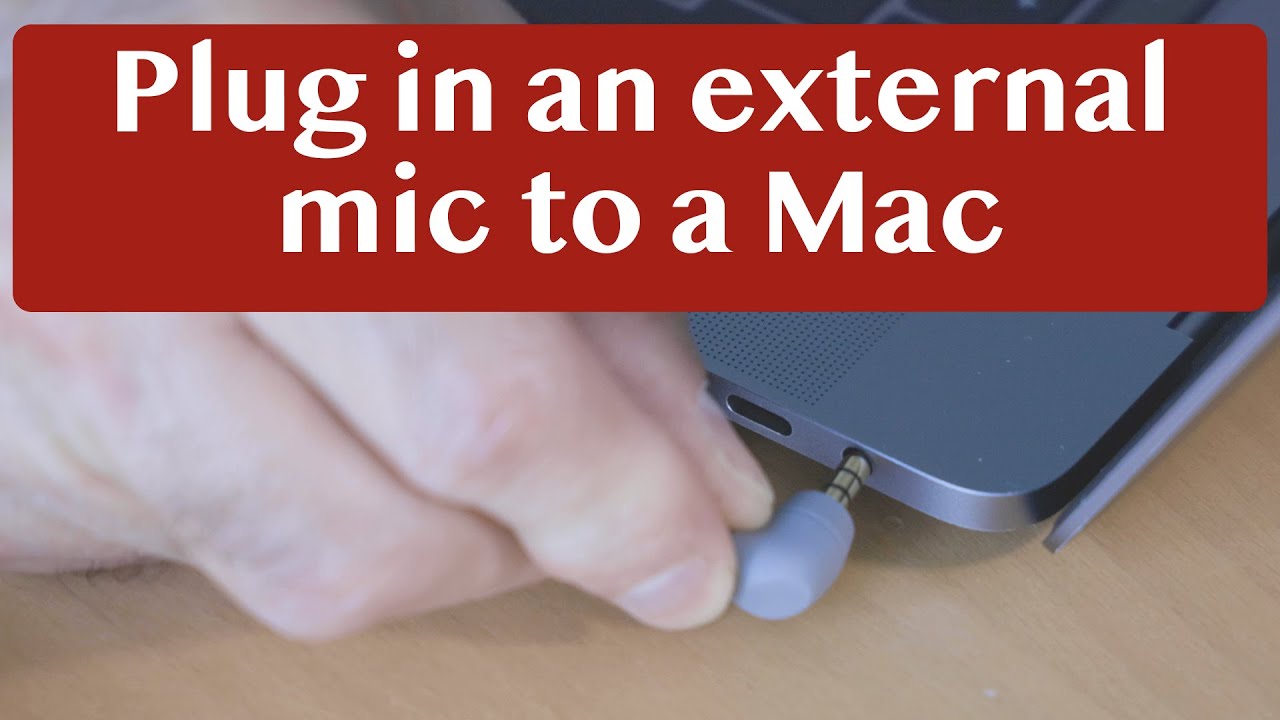
Troubleshooting Mac’s Inability to Recognize External Microphones
There are several possible reasons why your Mac won’t recognize your external microphone. First, make sure the microphone is plugged in correctly and that the correct input device is selected in System Preferences > Sound > Input. Make sure the microphone is turned on and that it is compatible with your Mac. You should also check to see if there are any software or driver updates available for your microphone. Additionally, you may need to adjust the input and output volume levels in System Preferences > Sound. If none of these steps resolve the issue, try connecting a different external microphone to see if it works on your Mac. If not, then you may need to contact customer service for further troubleshooting options.
Selecting an Input Source in GarageBand
To select an input source in GarageBand on Mac, click Setup in the upper-right corner of the lesson window. Then, from the My Input Device pop-up menu at the top of the window, choose the desired input device. If you’re playing an acoustic guitar, then choose Internal Mic if you’re using your computer’s built-in microphone. Alternatively, you may also choose to use an external microphone or an audio interface connected to your computer for recording your guitar. Once you’ve chosen your desired input device, hit OK and begin recording with GarageBand!
Conclusion
In conclusion, an external microphone is a great way to improve the sound quality of your recordings and allows you to capture clearer audio. It is important to make sure the input format matches the microphone or instrument, and choose a mono or stereo input accordingly. Connecting a USB mic to your Mac computer is simple; just plug the USB cable into any open USB port. With an external microphone, you can achieve professional-level audio quality from the comfort of your home studio.

